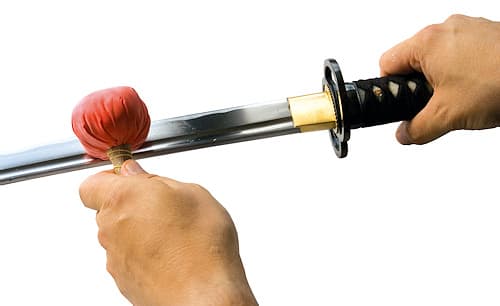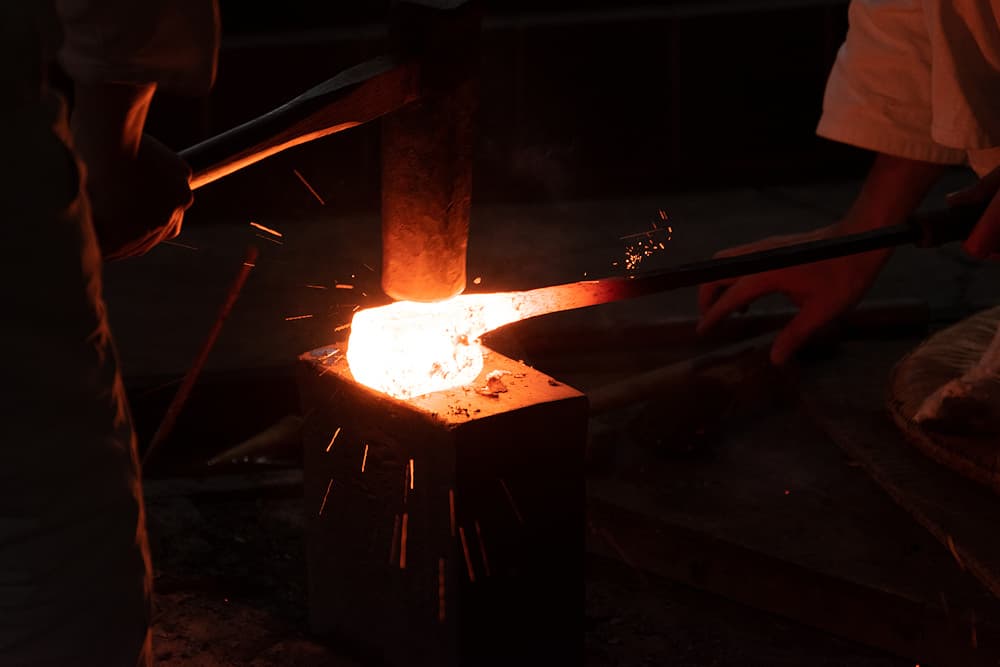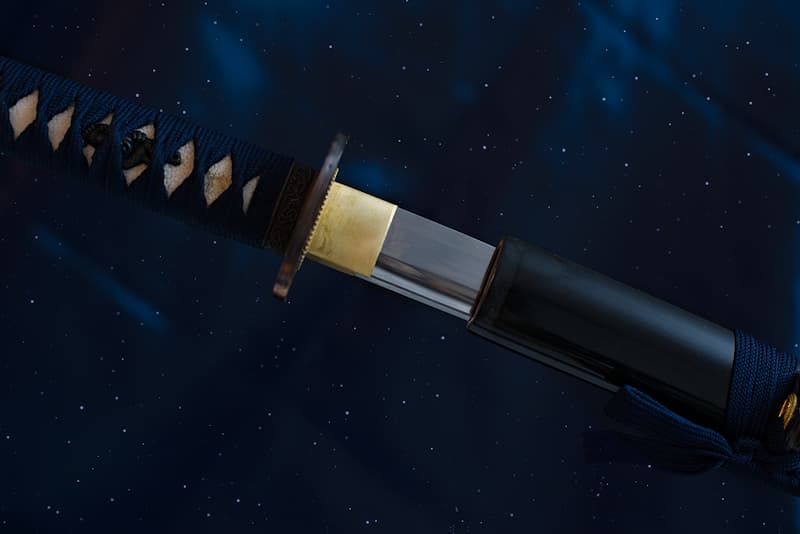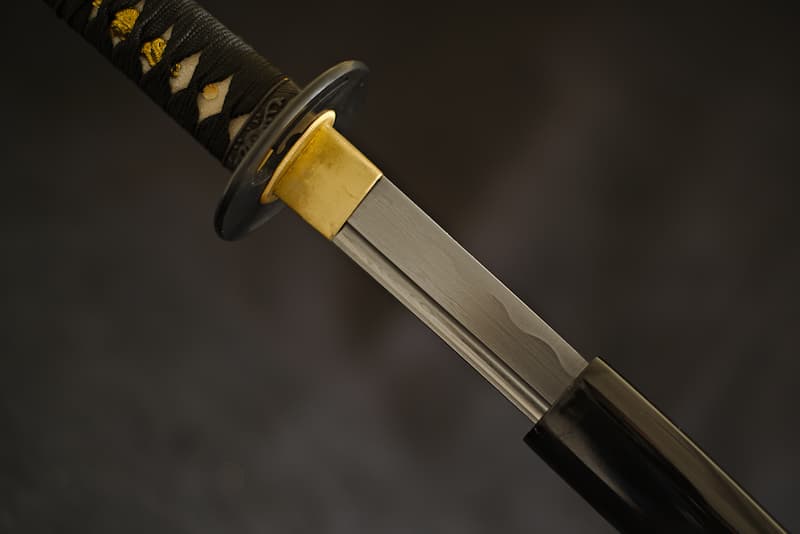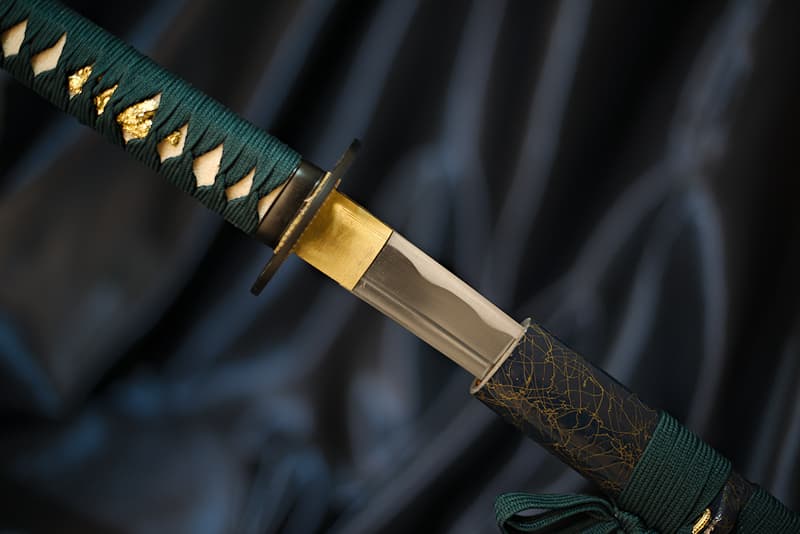Katana "Musha shugyō" (武者修行), Shihozume forge, selective tempering, ito and dark red sageo
Sharp katana, Shihozume forge (steels 1045 / 1060 / 1095), genuine temper line (hamon 刃文), hand-sharpened, with black scabbard (saya 鞘), koiguchi (鯉口), Kurigata (栗形) and Kojiri (鐺) in natural horn, delivered in a composite wood case containing a maintenance kit, lacquered stand and protective fabric cover
Reference n° 0576 - Shipment within 48 working hours
860 € (free shipping)
Payment in 3 free instalments via Scalapay
or € today
Example for € :
3 monthly payments of € (0% APR)
My name "Musha shugyō" (武者修行) refers to the pilgrimage, the quest of a samurai. Close to the knight errant of medieval Europe, and the Chinese Youxia (遊俠), the warrior - called shugyōsha (修行者 practitioner) - sets off on an adventure to practice and perfect his knowledge and art outside his family and school. In this way, he can train in other schools, practice duels, become a bodyguard or even a mercenary, or enter the service of a lord (大名 daimyō).
This is how I accompanied my young master on the roads of Japan long ago. Given to him by his samurai father at his coming-of-age ceremony (元服 genpuku), I followed him on his exceptional adventure. He practiced in numerous schools, exploring and comparing different techniques. Wielding the sword like a magic wand, supple and lightning-fast, he was victorious in all his duels and battles.



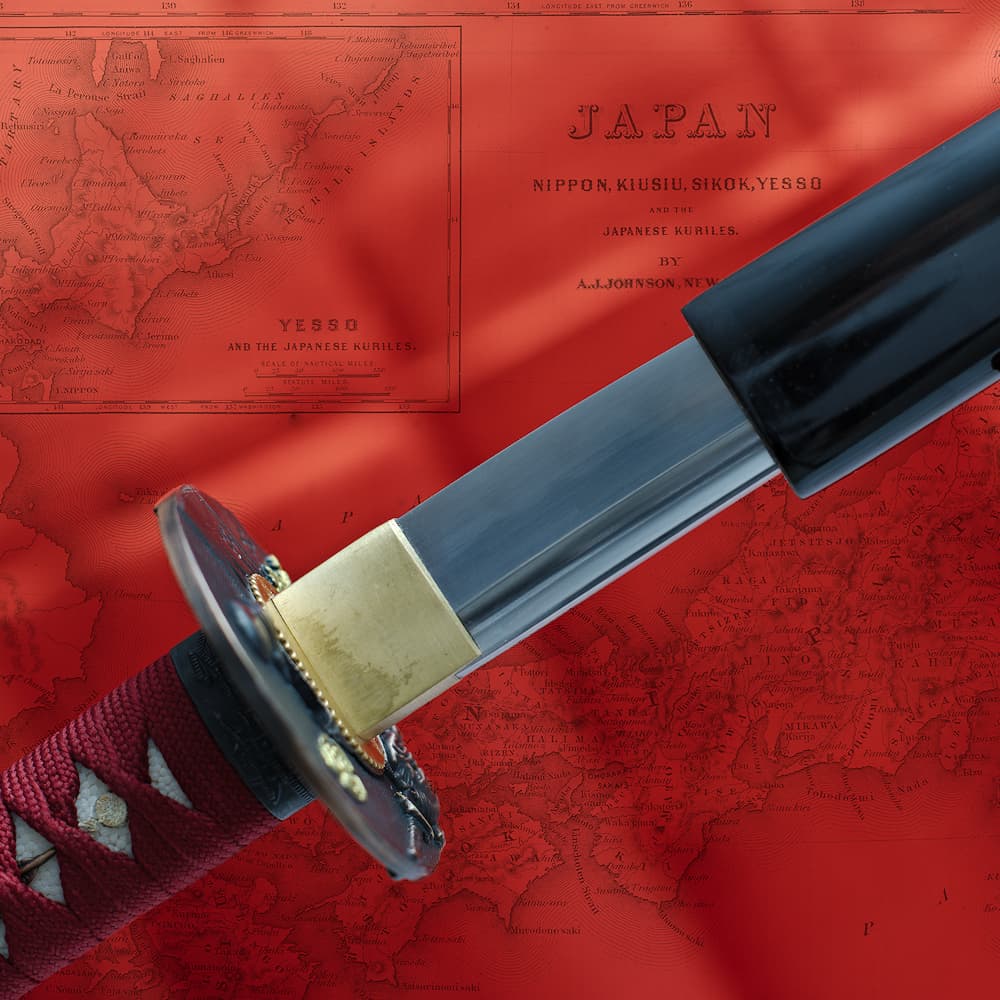




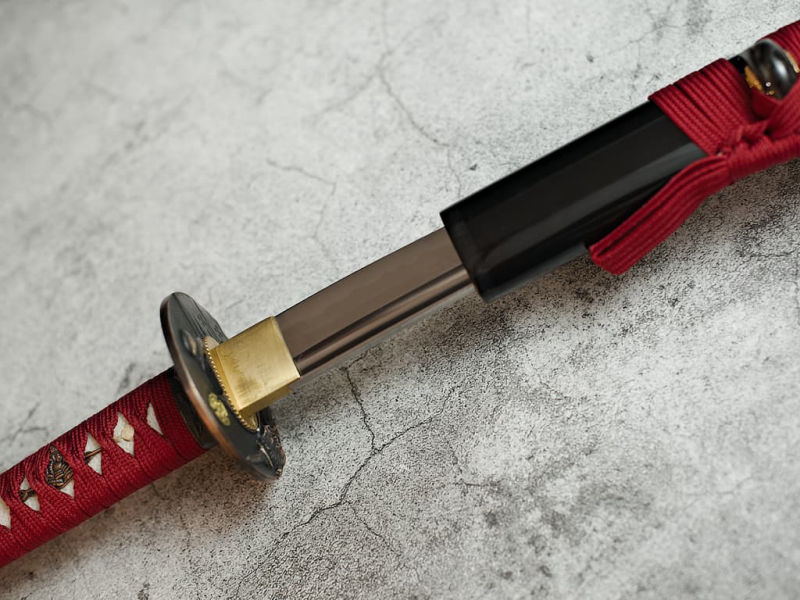
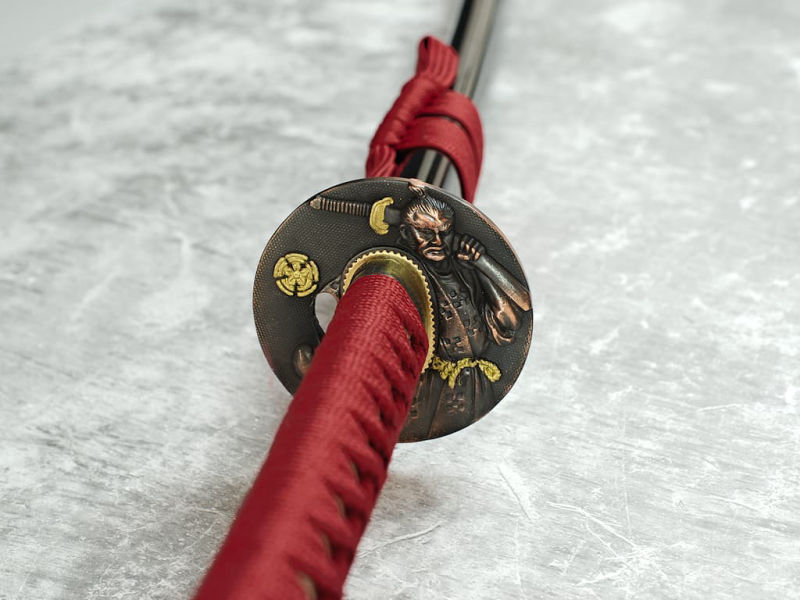
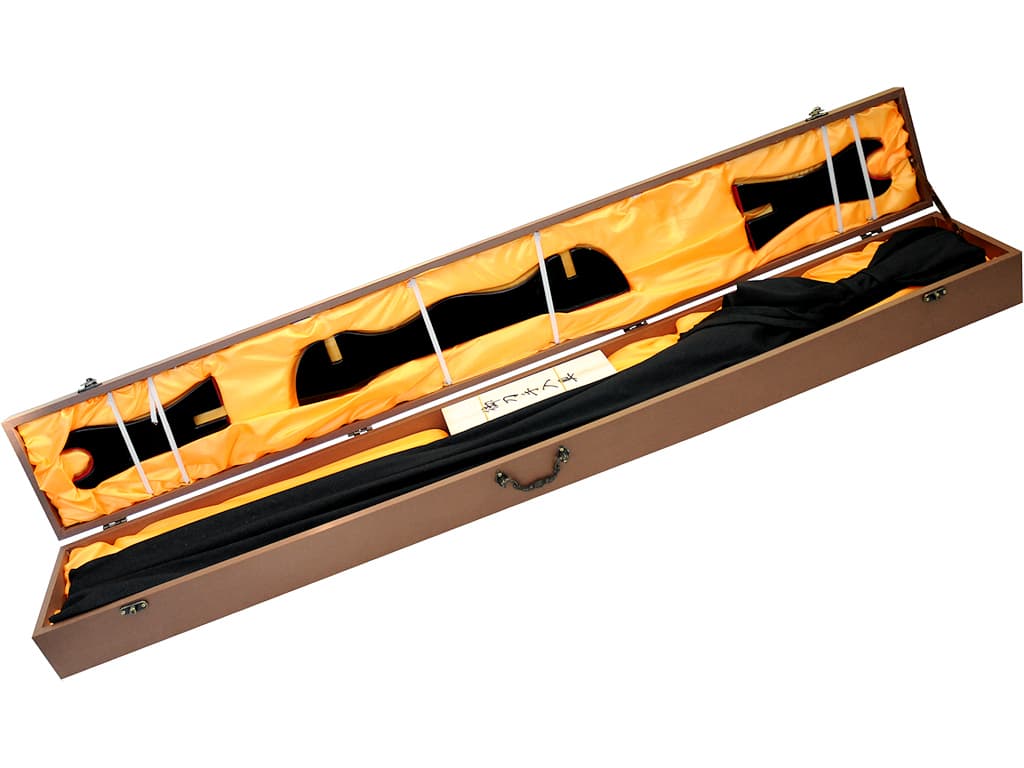
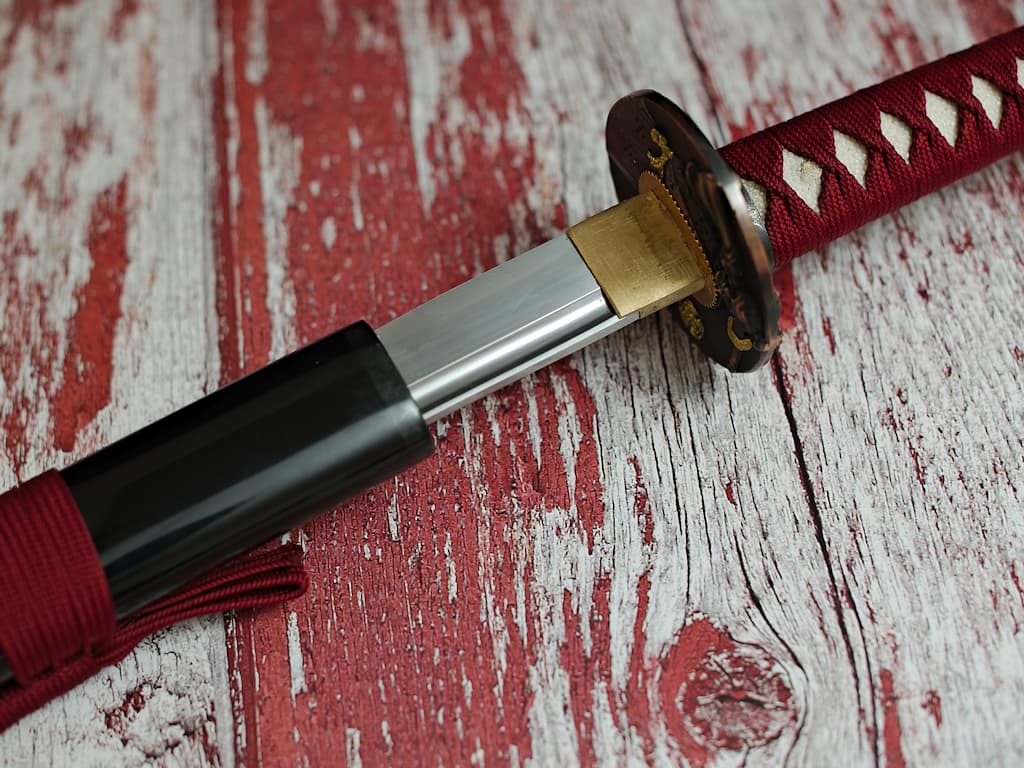
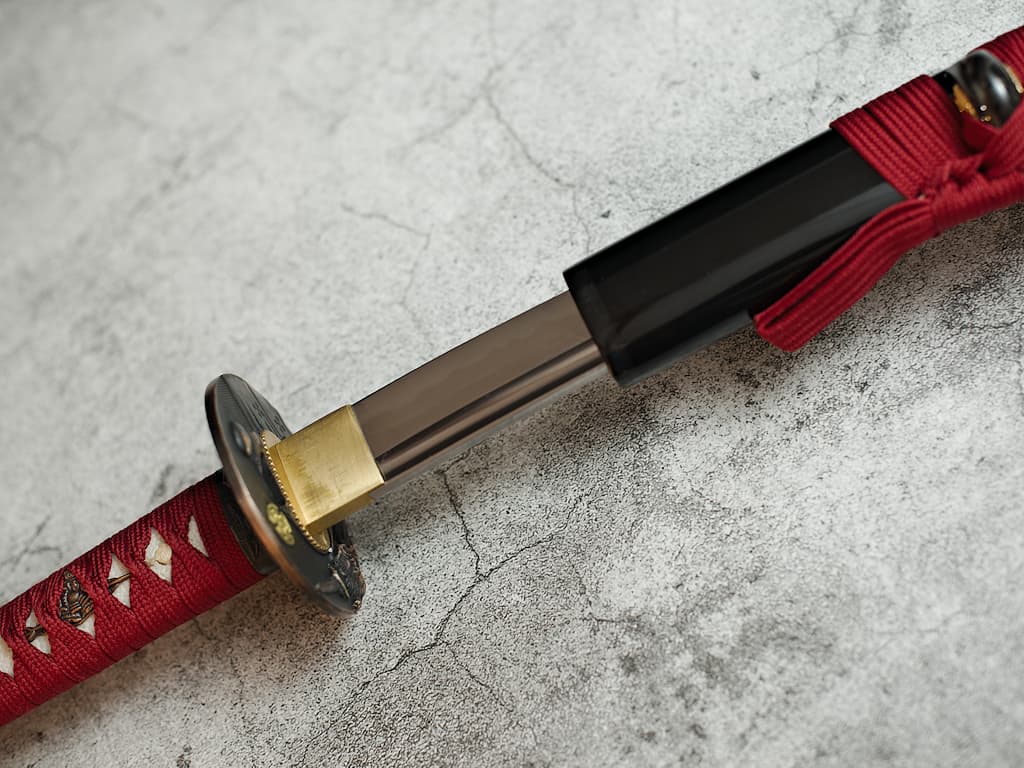
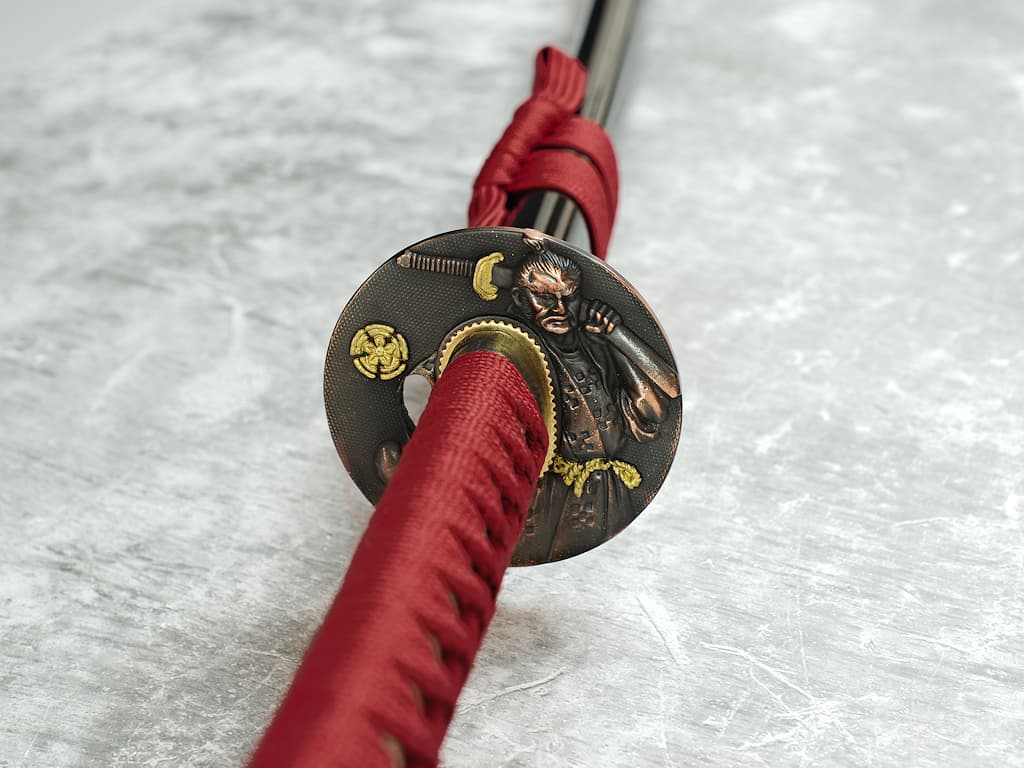


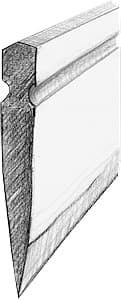 . Mune (棟) : Hikushi
. Mune (棟) : Hikushi

